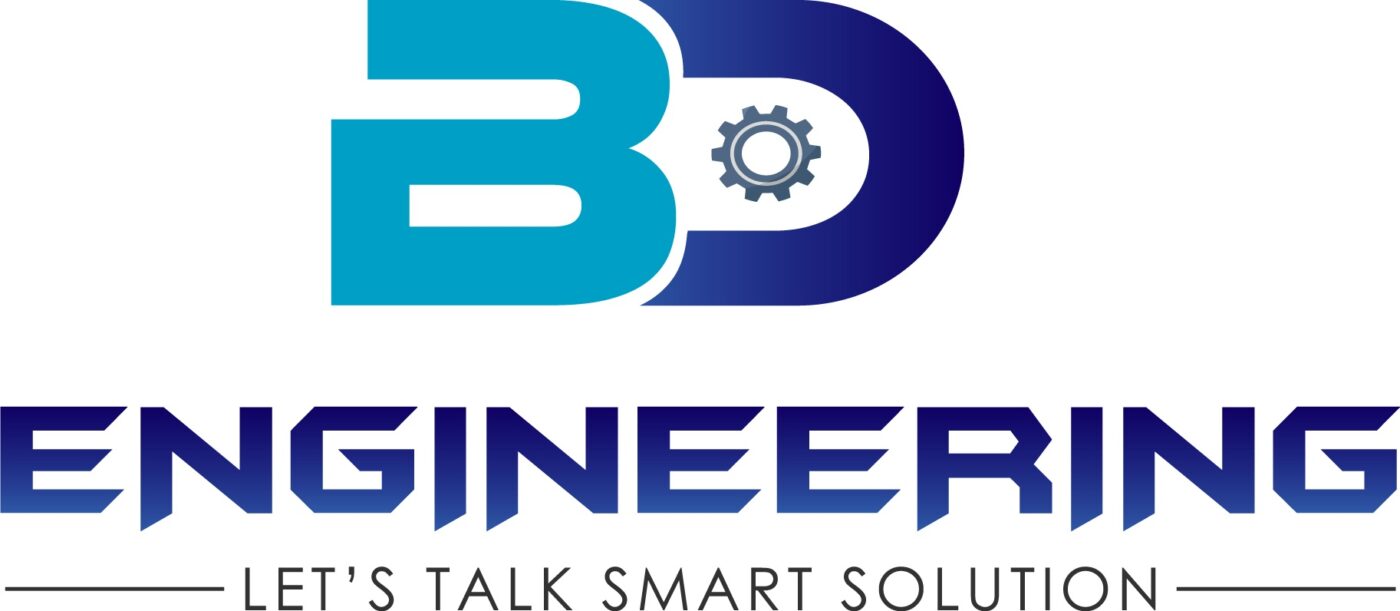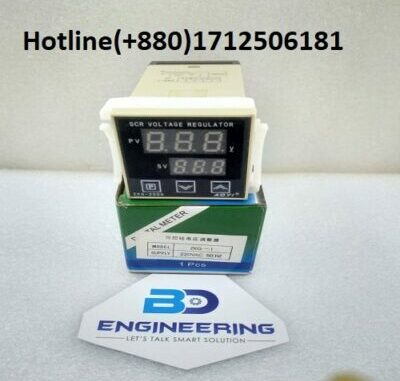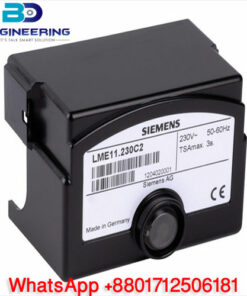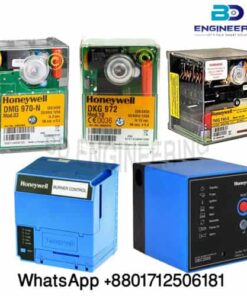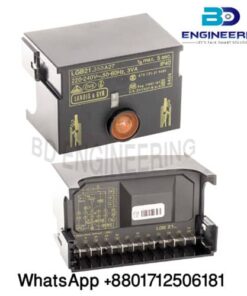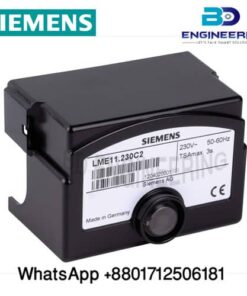ZKG-1 SCR Voltage -Regulator Thyristor supplier in bd
The ZKG-1 is a type of silicon-controlled rectifier (SCR) voltage regulator, which is used to control the voltage output in various applications. An SCR is a type of thyristor, a solid-state semiconductor device with four layers of alternating P and N material. It is designed to act as a switch that can turn on and off high voltage or high current loads. Here’s a brief overview of how SCR voltage regulators like the ZKG-1 work and their applications:
Working Principle
- Structure: An SCR has three terminals: anode, cathode, and gate.
- Anode: The positive terminal.
- Cathode: The negative terminal.
- Gate: The control terminal.
- Operation:
- It allows a larger current to flow from the anode to the cathode.
- The SCR remains on (conducting) as long as the anode current is above a certain threshold.
- It can be turned off by reducing the anode current below this threshold or by applying a negative pulse to the gate terminal.
- Voltage Regulation:
- The SCR is used to control the phase angle of the input AC voltage.
- By delaying the trigger pulse to the gate, the SCR can control.
- This phase control results in regulation of the output voltage.
Applications
- Power Supplies: SCR voltage regulators are used in power supplies to provide a stable output voltage.
- Motor Control: Used in motor speed controllers by adjusting the voltage supplied to the motor.
- Light Dimmers: Used in light dimmers to control the brightness of lamps.
- Heaters: Employed in temperature control systems for heaters.
- Battery Chargers: Used in battery chargers to regulate the charging voltage.
Example Circuit
An SCR voltage regulator circuit typically consists of:
- AC Input: The AC mains voltage.
- SCR: The main control element.
- Trigger Circuit: To provide the gate pulse for the SCR.
- Filter: To smooth out the output voltage if necessary.
- Load: The device or circuit being powered by the regulator.
Specifications
For the ZKG-1 or similar SCR voltage regulators, you would typically need to consider:
- Maximum Voltage Rating: The highest voltage the SCR can handle.
- Maximum Current Rating: The maximum current the SCR can pass.
- Gate Trigger Current: The current required to turn on the SCR.
- Holding Current: The minimum current required to keep the SCR conducting.
Example Data Sheet Information
A typical data sheet for an SCR like the ZKG-1 would include:
- Voltage Ratings: Maximum repetitive peak off-state voltage (V_RRM).
- Current Ratings: Maximum RMS on-state current (I_T(RMS)).
- Trigger Characteristics: Gate trigger current (I_GT) and voltage (V_GT).
- Thermal Characteristics: Maximum junction temperature (T_j).
Practical Considerations
- Ensure proper heat sinking to manage thermal dissipation.
- Use appropriate snubber circuits to protect against voltage spikes.
- Select the correct gate trigger circuit to ensure reliable operation.
End of comments:
SCR voltage regulators like the ZKG-1 are versatile components used in various applications requiring controlled voltage output. By understanding their working principles, specifications, and practical considerations, you can effectively implement them in your electronic circuits.
